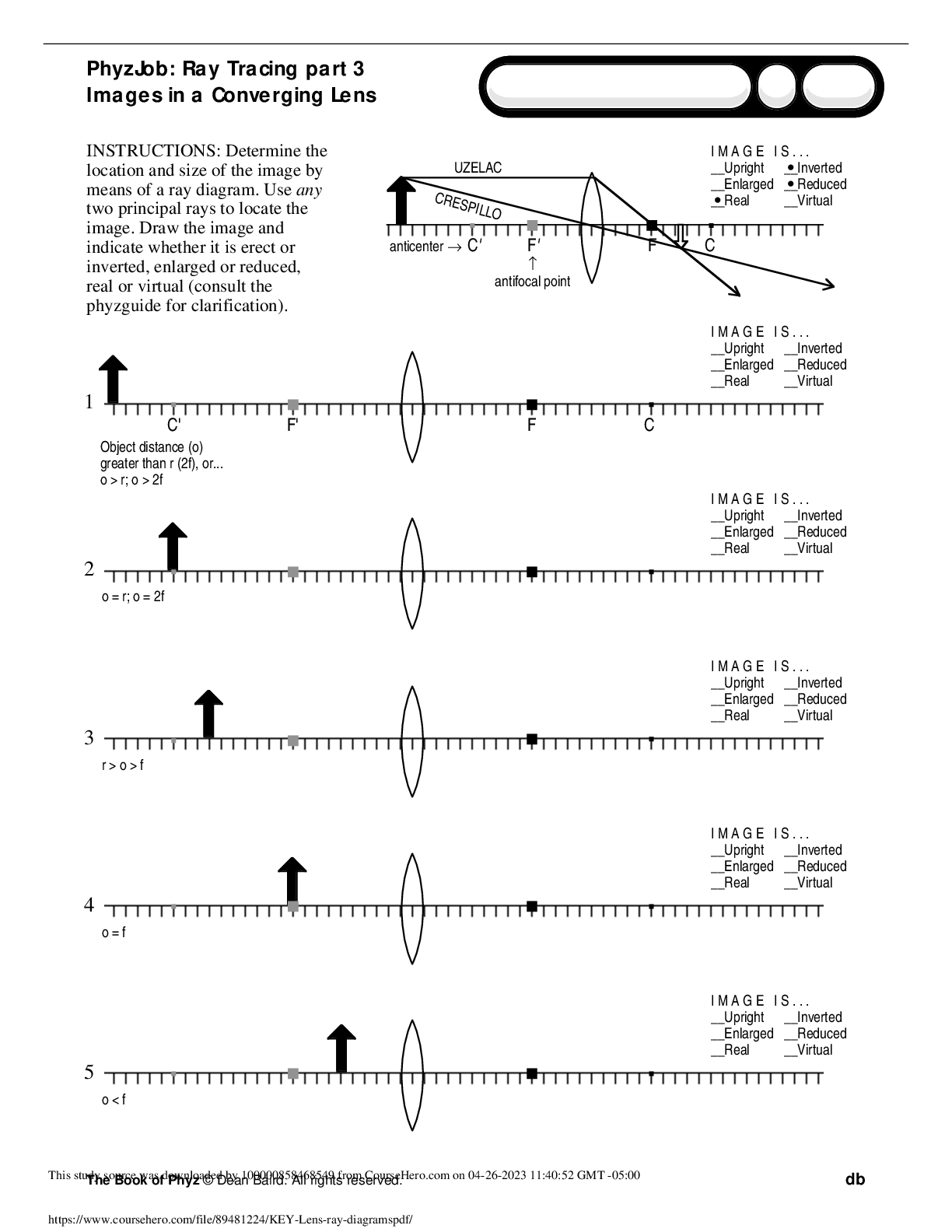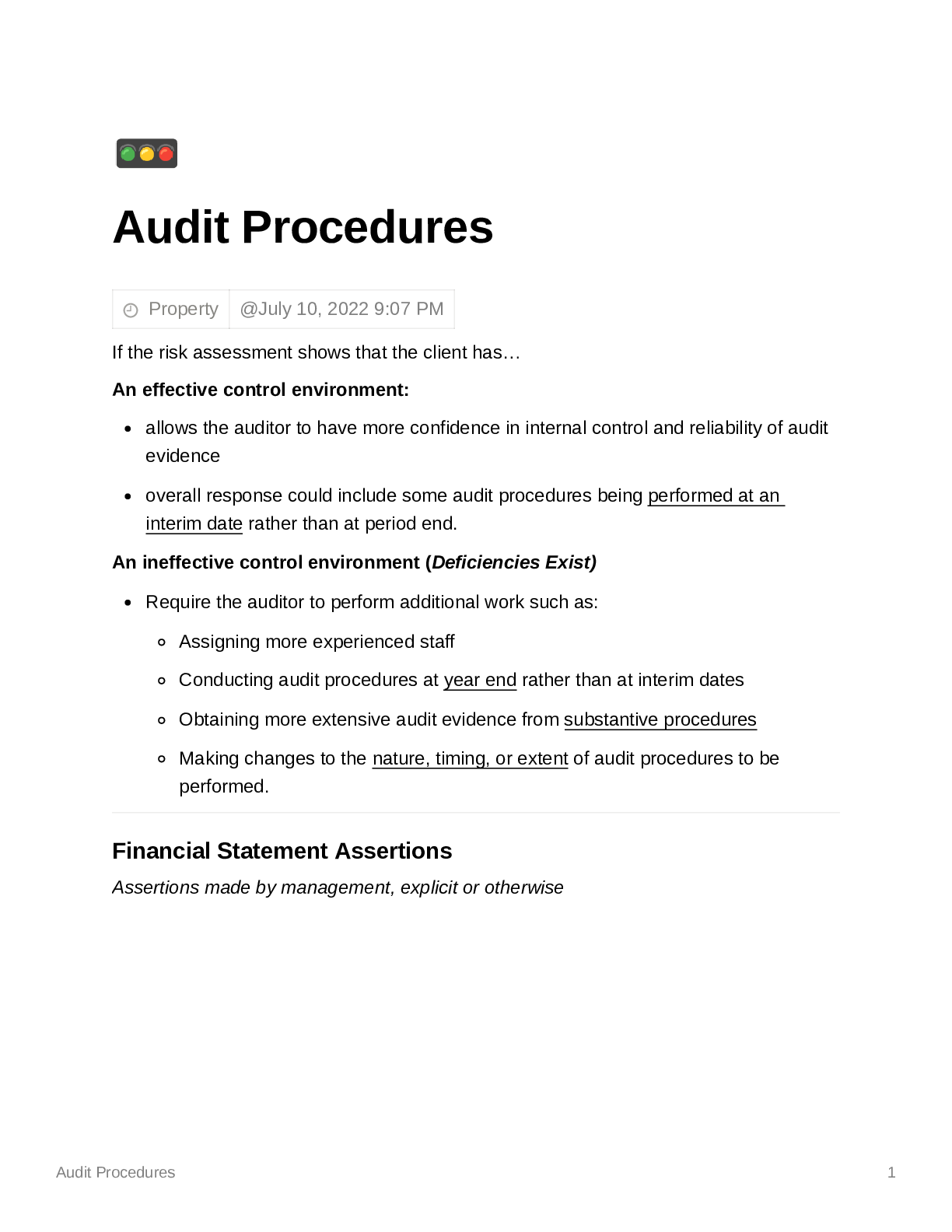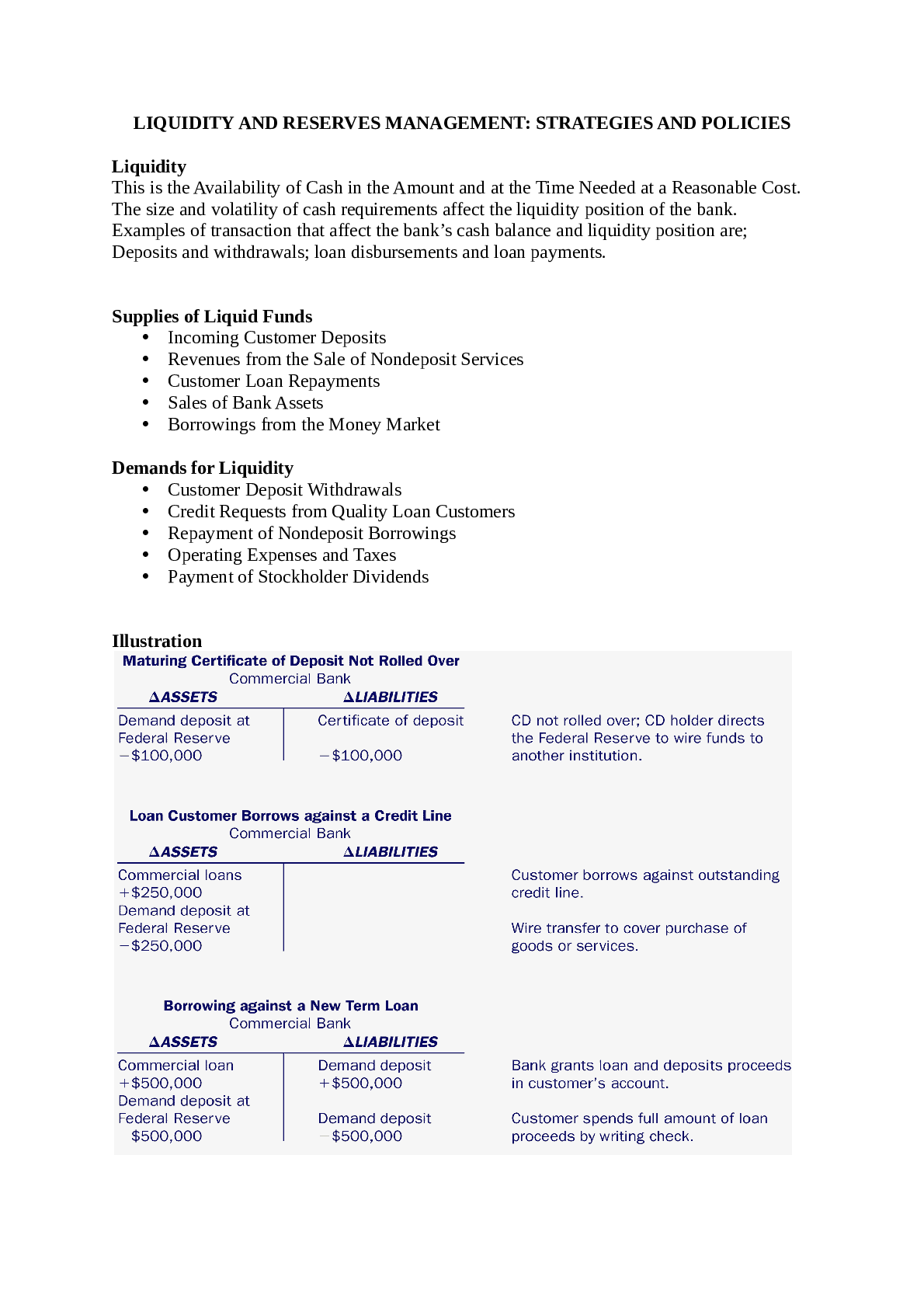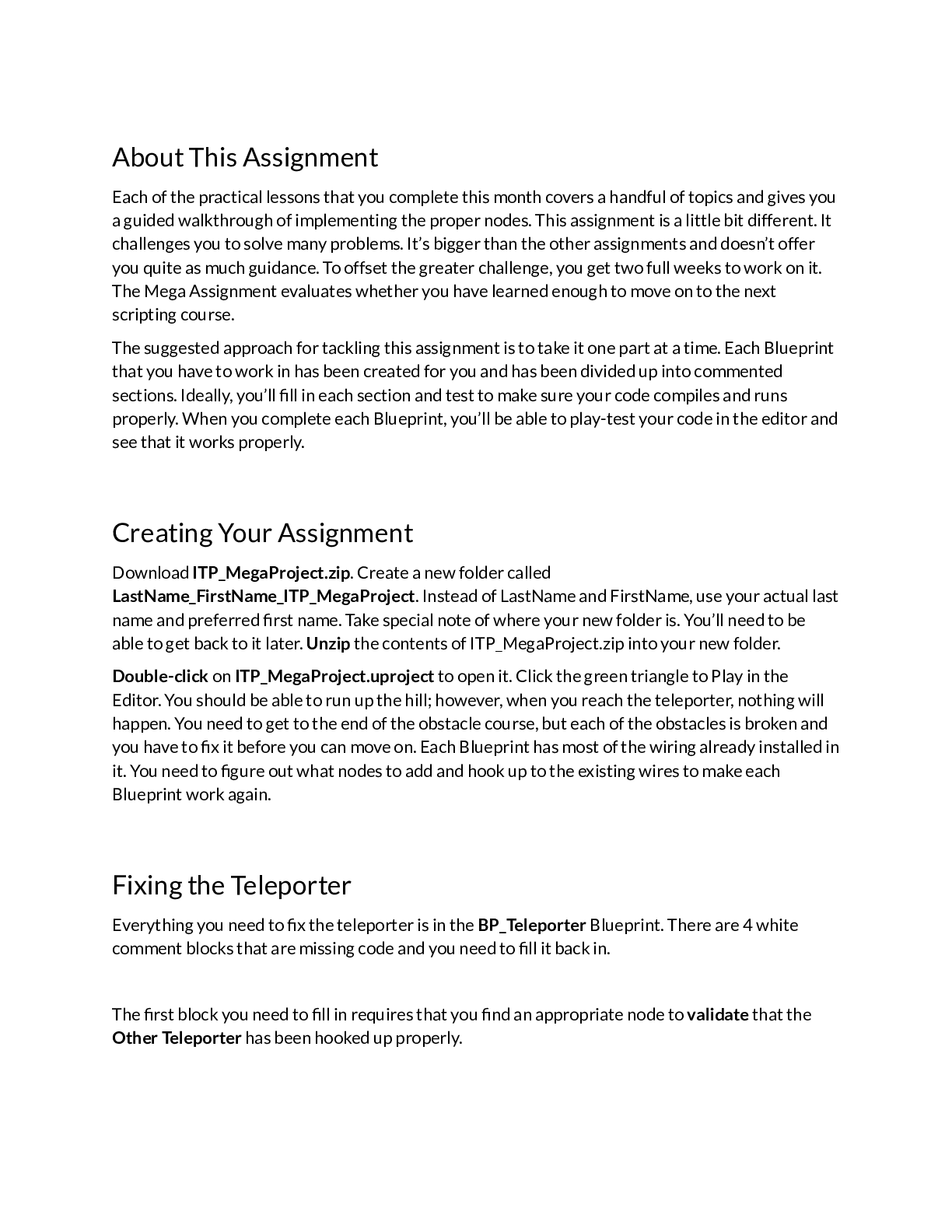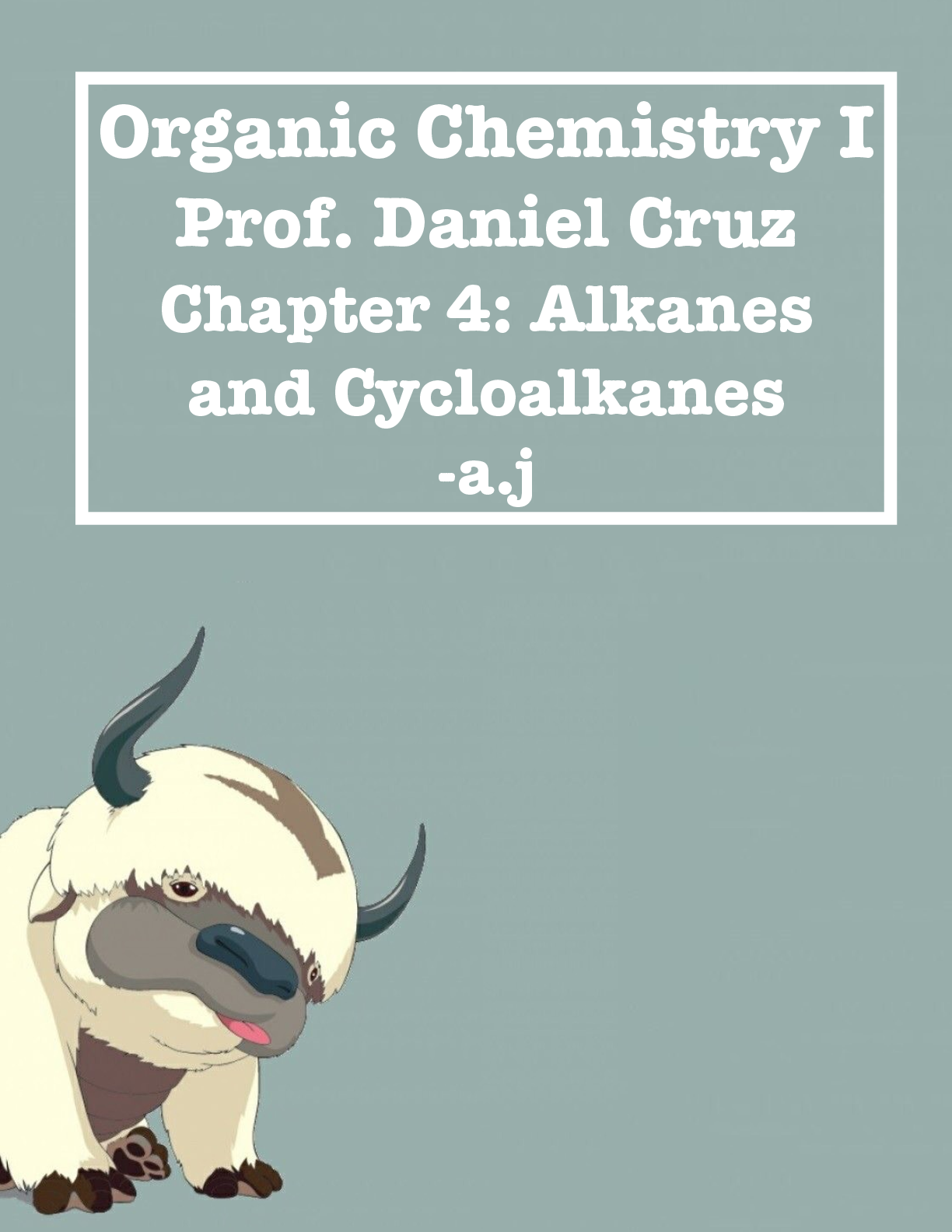Chemistry > Research Paper > CHAPTER SOLUTIONS >Chapter 10: Radical Reactions:_University of North Texas CHEM 3210 (All)
CHAPTER SOLUTIONS >Chapter 10: Radical Reactions:_University of North Texas CHEM 3210
Document Content and Description Below
Chapter 10: Radical Reactions 10.1 Radicals - Introduction Time 00:44 10.1 Radical Structure and Geometry Time 04:31 10.1 Radical Structure and Geometry Time 05:53 fit PEEK : K¥1 # Elad 110011 & ... Monday November 9 , 2020 • free radicals form when bonds break hemolytically • Radicals = species with Unpaired electrons HOMOlytic bond cleavage - arise from HOMOlytic bond cleavage ↳ HOMOlytic bond Clevage = bond between 2 atoms breaks {each atom gets 1 Of the e- that were in the bond . • Heterolytic bond clevages When I atom gets both e- G the other gets none ,forming ions. • Note the single -barbed or fishhook arrow used to show the electron movement rn x - y full - head arrow 1' half - headed arrow 1 • Recall the orbital hybridization in carbocations 4 Carbanions - Radical Is somewhere in the Middle - - 3 e - groups - - - • Radicals appear to be trigonal planar Gp2 hybridized) Or shallow trigonal planar (sp 's hybridized) Assume: carbon radical = Spl ↳ unpaired e - will be in pure p orbital sp 's 10.1 Free Radical Stability Time 09:02 10.1 Free Radical Resonance Time 11:29 10.1 Radicals Time 14:54 Practice: Draw resonance structures of the radical species below. 10.1 Free Radical Resonance Time 22:24 • Radicals = neutral = no formal charge = still e- deficient tho = incomplete octet • Radicals follow the same stabllty trend as Carbo cations b/c they are both e- d.efficient species • f.C : V.f - lines - dots ↳ methyl : 4 - 3 - I =D ; still e- deffKent bk Only has 7- e - = Incomplete octet • more substituted radical Is , the more stable HIS ↳ R groups stabilize e- defficient carbons via hyperconjugation ↳ can also be stabilized by resonance • Radicals , like carbocations = stabilized by resonance delocalization • Fishhook arrows used to present possible resonance forms - need 3half arrows : - 21-0 Show abondbreakinghomolytlLally - 3rd to show how the unpaired e- is now pairingup with one of the other eH H H l l l , →It . "I .It . H H H Need to be able to this; make sure you dont create extra unpaired e - • •÷ - g . . . ÷ . ) ::c:: " :c:intimate:#'are:.io:: """ w e • U e s minimizes repulsions .Radical .-somewhat - - unstable but resonance spreads out radical Resonance hybrid through structure ,making it more stable . A • ( o.ro . . resonance //÷÷:' / hybrid • The more resonance delocalized a radical is , the more stable It is • Benzylic radicals = MORE stable than allylic radicals bk the radical is delocalized over more carbon atoms • • Ky x x vinylIC Phen HIC * stability benzylic > allylic > 307 20 7 10 > methyl > Vinyl k > phehllk 10.1 Resonance Stabilization Time 26:08 10.1 Radical Stability Time 29:51 Practice Time 31:29 Rank the indicated carbon-hydrogen bonds from the STRONGEST BOND to the WEAKEST BOND. 10.2 Patterns in Radical Mechanisms Time 37:44 • Resonance stabilized radicals = more stable than 30 radicals - BD C. = Bond dissociation energy XXX → X . X. ↳ energy required to break bond HOMO lytically ,forming 2 radicals ↳ more stablethe resisting radical is , the less energy it takes to form It . • Vinylk radicals = especially Unstable (as with Vinyl cations) Asking same thing kinda * On Exam he may ask you to Identify most stable 4 least stable , Use this : ( benzylic > allylic 730 7207 10 > Methyl > vinyl k > phenllk * He may also ask you to rank C -H bonds with regards to their strength • An alkene radical (VinylIC) = less stable than any alkane radical BDE Problem - Break all bonds homolytlcally d. see whattype of radicals you end upcreating, I then rank strengths . ( o Z 2 r u N U Radical stability ( (benzylic) > C- (allylic) > B 129 , A 119 , D (vinyllb) B • Bond strength (strongest bond - MOST energy to form = least stable radical ; weakest c D • • bond = LEAST energy to form = Most stable radical) A • E D > A > B > E > C T strongest " weakest bk most stable radical • like 10h11 Mechanisms , radical mechanisms follow patterns ° But , radical mechanisms = distinctly different. - Ex: radicalsdon't undergorearrangement • Radical mechanisms follow 6 key arrow pushing patterns 10.2 Patterns in Radical Mechanisms Time 39:11 10.2 Patterns in Radical Mechanisms Time 45:01 10.2 Patterns in Radical Mechanisms Time 46:43 7. HOMOlytic clevage : initiated by light or heat - Breaking bond = endothermic o -- heat , ' hu = light 2 . Addition to pl bond • combining 2things 3 . Hydrogen abstraction :not the same as a proton transfer 4 . Halogen abstraction 5 . Elimination : The reverse of addition ° The radical the a carbon is pushed eliminate a atom grou on toward the B carbon to radical 16. coupling : the reverse of hemolytic cleavage • Group the relationships) among these 6 patters 4 you 'll see there only 3 processes, forward a backward Radical rxns = radical chain rxns • The steps in a radical mechanism are classified as either initiation ,termination, or propagation - An initiationstep =radicalspeciesareformedfromanon-radicalspecies →startsImitateschain,creatingradicals - Propagation occurswhenradicalreacts withanonradicalspeciestoformanewradicalChanon -radical) - Termination occurswhen2radicalspeciesreacttoformanonradicalspecies need heat flight happens after in H1at 10h end Of chain 10.3 Chlorination of Methane Time 50:16 10.3 Chlorination of Methane Time 01:00:03 = halogenat ton of an alkane = alkane → alkyl halide ° Chlorination Of methane follows a radical mechanism - Radical mechanism consists of 3distinct stages: = blueprint for similar type problems 7. INITIATION : chlorine radicals are created 2. PROPAGATION : These steps = self - sustaining . The 1st propagation step consumes a Cl radical , 4 the 2nd step produces one. ← major product 3. TERMINATION : Occurs when radicals collidedOVpie . = Stop being radicals we combine all the radicals that we formed In initiation 4 propagation in all possible Iterations (combinations) ← Side products • The sum of the propagation steps gives the net reaction: ° Propagation = a chain reaction : the product Isl for a later step serve as reactant Is) for an earlier step in the mechanism . di 10.3 Chlorination of Methane Time 01:01:54 10.3 Chlorination of Methane Time 01:02:45 Practice: Draw the complete mechanism for chlorination of ethane. Include all three stages (initiation, propagation, termination). 10.3 Radical Initiators Time 01:08:10 10.4 Halogenation Thermodynamics Time 01:10:19 ° Poly chlorination = difficult to prevent • methyl chloride = more reactive towards radical halogenat ton than methane ° Need excess methane , relative to Cle , for monochlorination to be the major product . Initiation : Cl - Cl bond breaks / Termination : no . ii. : → Iii Ii : : → : -Ii : I → propagation : → n l "Iii : → • it . ÷ , ok ..ci : → a • u i → a Iii I ° Radical initiator : posseses a weak bond that cleaves HOMOlytically with heat or light almost easy when we have single covalent bond between 2 Identical atoms - Cl -Cl , - Br - Bri ROOR ° The acyl peroxide = Most reactive , his effective at 80°C ° if we want to determine whether a process = product favored ,we sign must determine the ft l -) for OG • in a halogenatIon rxn , entropy = negligible • # of reactants = # Of products got 10.4 Halogenation Thermodynamics Time 01:11:29 10.4 Halogenation Thermodynamics Time 01:12:47 10.4 Halogenation Thermodynamics Time 01:13:18 10.4 Halogenation Thermodynamics Time 01:17:54 ← too violent - - ← non spontaneous • Flourination = so exothermic , Its not practical 400 Violent) • 10donation = endothermic = not thermOdihamCally favored - doesn't occur ° Only halogenatcon w Hh Ck 4Bra = useful • Both chlorination h brominateon = exothermic -- favored chlorination → nonselective n this tru brominateon → selective (goes to more sub. Side) Bre Br int al ° But , OH for the 1st step of brominate on = endothermic ← hence, selectiveness of Bromnation ° Bromnation = Much slower than chlorination = more selective propagation Propagator chlorine: any alkyl Intermediate =down hill G can form \ M bioiminenme:S:*:*::".in;mediate 10 20 30 10.5 Halogenation Regioselectivity Time 01:19:24 10.5 Halogenation Regioselectivity Time 01:20:59 10.5 Halogenation Regioselectivity Time 01:21:29 10.5 Halogenation Regioselectivity Time 01:22:08 • with substrates more complex than ethane ,pie MuttMONOhalogenatton products = possible • chlorine = indiscriminate . ' significant amount of each product is formed ⇒ nonselective ° But since 20 radicals = more stable than 10 , the 20 halide = most abundant product know both are major Idf Gg - - • Bromnation = much slower , Maior X 450 Its much more regioselective for the more reactive 20 carbon : " The fact that bMMInation = more regioselective than chlorination can be explained by the Hammond Postulate Hammond postulate tells us that the transition state will most resemble the side that is closer to in the diagram ↳ for chlorination Ts State closest to reactants ↳ for bnomination " , Ts State closest to products so the stability of the alkyl radical matters in brominateon but not In chlorination . Et 10.5 Halogenation Regioselectivity Time 01:23:23 10.5 Halogenation Regioselectivity Time 01:24:16 10.5 Halogenation Regioselectivity Time 01:25:14 10.6 Halogenation Stereochemistry Time 01:26:24 • for Brom nation , the stability of the Only form most stable alkyl radical transition state largely depends on the stability of the resulting carbon radical ° for chlorination , the stability of the any alkyl radical canform transition state doesn't depend on the stability of the resulting carbon radical so much . • In short , the difference in TS energies for the formation of a 10 us 20 us 30 radical = much bigger for bMMMAtl On ° Thus , brominateon = more selective for the lower energy pathway 0 • Bromnation at the 30 position happens 1600 x more often than at the primary position On Exam , he will give same alkane 4 ask you to draw all major Mono chlorination products 9 all major mono brominateon 0 So -83 products - H O O X • The halogenatton of butane or more complex alkanes forms a new chirality center • 2 - chlorobutane will form a racemic mixture " radical -- trigonal planner so It can be attacked from either side 10.6 Halogenation Stereochemistry Time 01:26:47 10.6 Halogenation Stereochemistry Time 01:27:03 Practice Time 01:27:05 How many monochlorination products are possible? How many monobromination products are possible? • whether the free radical carbon -- sp' or a rapidly Mterconvenlng Sp3, the halogen abstraction will occur on either side of the plane with equal probability ° There Is actually a total Of 3 monosubstltvted products formed in the halogenaxon of butane Typical exam question - Nonselective Cl Cl I @ ③ 20 10 a ( Ba E, a ⑤ ⑥ 10 30 ( Cl Ge Cl E - - - - = ⑨ @ a c , I • Cl @ Cl 10 - Not chiral 20 - chiral 30- not chiral 2010 - chiral SO , a major products it only major ( more sub product) A - put chirality If there is chirality ble racemic mixture µBr ✓ Br ~ 10.7 Allylic Halogenation Time 00:32 10.7 Allylic Halogenation Time 02:16 10.7 Allylic Halogenation with NBS Time 04:17 10.7 Allylic Halogenation with NBS Time 06:55 kit PEEK : K¥1 Eigil 110011 $ Monday November 16, 2020 • Recall the weakest C - H bond 110West BDE) will undergo radical H - abstraction faster than the others . • Alkenes selectively undergo It - abstraction at the allylic carbon Allylic halogenation = placing halogen in an allylic position In a carbon connected to a double bond (Not placed directly on alkene) . • H - abstraction of an allylic H results In a resonance stabilized allylic radical : • so , mom, nation of an alkene is selective for the A"Y '" carbon competing rxn : Bragg . Br Br z • But , addition Ot Br , to the alkene is a competing rxn . . . • To avoid the competing alkene ,Is as Br rn y this can Bro ° Br competing side addition NBS used a source of radicals (instead Of Using Br z) happen but low concentration so no rxn 4 Only allylic b halogenatton occurs . If we just used Bre Br , instead Of NB , then both allylic halogen atIon da addition to alkene (competing rxn) occurs . ° Using NBS keeps the concentration of HBR {Bre low , so competing addition reactions to the alkene are MINIMIZED * ONLY NEED TO KNOW: the 2 propagation steps even ° Propagation produces the allylic radical GH Br thothere Is Initiation,propagation,htermination • The HBR produced reacts with NBS to form Bre . . . 4 this Bre then continues propagation {the formation of the product 10.7 Allylic Halogenation with NBS Time 11:29 10.7 Allylic Halogenation with NBS Time 16:15 Practice: Predict all possible organic product(s) for each reaction below. Ex : symmetrical NBS , Br alkene hv Propagation : D. ' BIG , n µ > HBR . hydrogen abstraction ,forming alkyl radical 2) on ' Br - Br U s Br Bro halogen abstraction ,-theres a little bit of Br, be 2 Br radicals find eachother Goupil .This allows the 2nd propagation step to occur. • with asymmetric alkenes , a mixture of isomeric products is often Obtained • The radical Is delocalized on 2 Carbon atoms , 450 halogenatlon occurs at either side A-ssymetricaiex , Propagation :p f of • • a'BI : s s s Hut resonance Br th Ib f Both are major products Br Hhlnk Its best to just draw resonance to make sure *In symmetrical (even tho looks asymmetrical) - l product .p÷ : g. g -Br ( xn as @I → × Br Br e Hugger: Br Br ⇐ Br q = ( W ⇒ . - / . I → 10.10 Radical Addition of HBr Time 22:14 10.10 Anti Markovnikov Addition Time 28:01 10.10 Anti Markovnikov Addition Time 31:39 10.10 Anti Markovnikov Addition Time 33:30 • we learned In CH 9 that H - X will add across a c :C double bond with anti - Markovnikov regioselectivity when peroxides are present . * NEED TO KNOW ALL steps : INITIATION , propagation , 4termination • The peroxides initiate a radical mechanism of addition . (Different mechanism , different selectivity) • The reaction IS Initiated by thermal hemolysis of the peroxide , which Initiates the formation of a Br radical from HBr . Need 2 initiation steps AIKOXY radicals • The Br radical then , in theory , could add to either side of the alkene : HBr t ROOR adds Br to less substituted In N sided then radical forms on more sub . Side . ¥r-n. Br • But It will add to the side that generates the more stable radical site, as that will be a lower energy intermediate { thus a lower energy transition state . • The Br radical adds to the less substituted carbon of the alkene ,generating the more stable (more substituted) carbon radical . • The carbon radical then abstracts an H toform the product 4 propagate the radical chain . 10.10 Anti Markovnikov Addition Time 33:51 10.10 Addition Stereochemistry Time 38:18 Practice What are the products of the following reaction? Time 38:50 10.11 Radical Polymerization Time 41:39 • Most of the radicals in solution at any given moment will be Br • radical , SO combination of them is typically the termination step Br RO . Bro YY. • But the combination of any 2 radicals constitutes a termination step. Termination : Always 6 termination steps since form 3 radicals RO NARO → RO -OR RO F.Br → RO - Br Br#MRO → BIRO Bro Br → Br - B r Bryon! Br → BYE Br Bry. N#Br → Br#→Br ° Recall that addition rxns Often form a new chirality center ° If the substrate isn't chiral , then a racemic mixture will be obtained when one new chirality center Is formed . If the starting alkene contains a stereo center, then a mixture of diastercomers would be Obtained . Br • I * 2 Chirality centers so 4 Major products * . Bd Br . Bd Br • = a • a = a • • a ÷ = = E • Free radical conditions are also frequently used to form polymers ° Recall that a polymerization process joins together many small Units called monomers in a long chain polymer : long molecule with repeating motif ( monomers connecting) ↳ instead Of showing whole thing 1mm . . . ) , we show small part in brakets . ↳ n -- Hof monomers : basic building block of polymersAlways alkene ↳ the way the polymer looks like depends on the monomer ↳ remember , alkene has 4 groups bonded to it . Mechanism Ex : for asymmetrical alkene : a Rogues rumor l l * only need to know propagation step l I ' . Ron-NOR → RO RO . r : ro . → Ron , oh-5 → roaring → pony!!" → royyyor form radical On most substituted side 10.11 Radical Polymerization Time 53:20 10.11 Radical Polymerization Time 54:44 Practice Time 58:17 What is the monomer? • Radical polymerizations generally proceed through radical chain mechanism : ** ° The summation of the propagation steps gives the overall netrin * NO DONT NEED TO KNOW (Just FUNZIES) • polymers with varying properties are obtained bypolymerizing substituted ethylene derivatives : ( remember monomers --always / what side do you form radical (H ' A"y" K Y" on "v" a )int alkenes Cl¥withH4 groups / ROMI intermediate Cl , ? (more subside) , → Roti HH HH HH HH / Cl H / 10.13 Synthetic Utility of Halogenation Time 01:00:42 10.13 Synthetic Utility of Halogenation Time 01:02:03 10.13 Review of Reactions Time 01:02:51 Practice Time 01:03:13 Which sequence of reagents will complete the following synthetic sequence? CH 10 FIN. ° Chlorination , to synthesize alkyl chlorides, is only useful when there Is only one possible product at Karl alkyl halide ° Brom nation = Slower = more selective = can be preformed when several Mono halogenatton products are possible • Overall , the real advantage of halogenateon = functionalHing an otherwise unreactive alkane , which can then be converted to other useful functional groups . • Radical rxns = synthetically useful , 4 will be applied to multistep syntheses throughout course : ↳ know these 3 t polymerization It alkane Bres alkyl NV halide By Bre r Br Naoet NBS → → I → I \ I HV hv Add HIM C-2 O n [Show More]
Last updated: 1 year ago
Preview 1 out of 17 pages

Buy this document to get the full access instantly
Instant Download Access after purchase
Add to cartInstant download
We Accept:

Reviews( 0 )
$5.00
Document information
Connected school, study & course
About the document
Uploaded On
Jan 18, 2023
Number of pages
17
Written in
Additional information
This document has been written for:
Uploaded
Jan 18, 2023
Downloads
0
Views
72

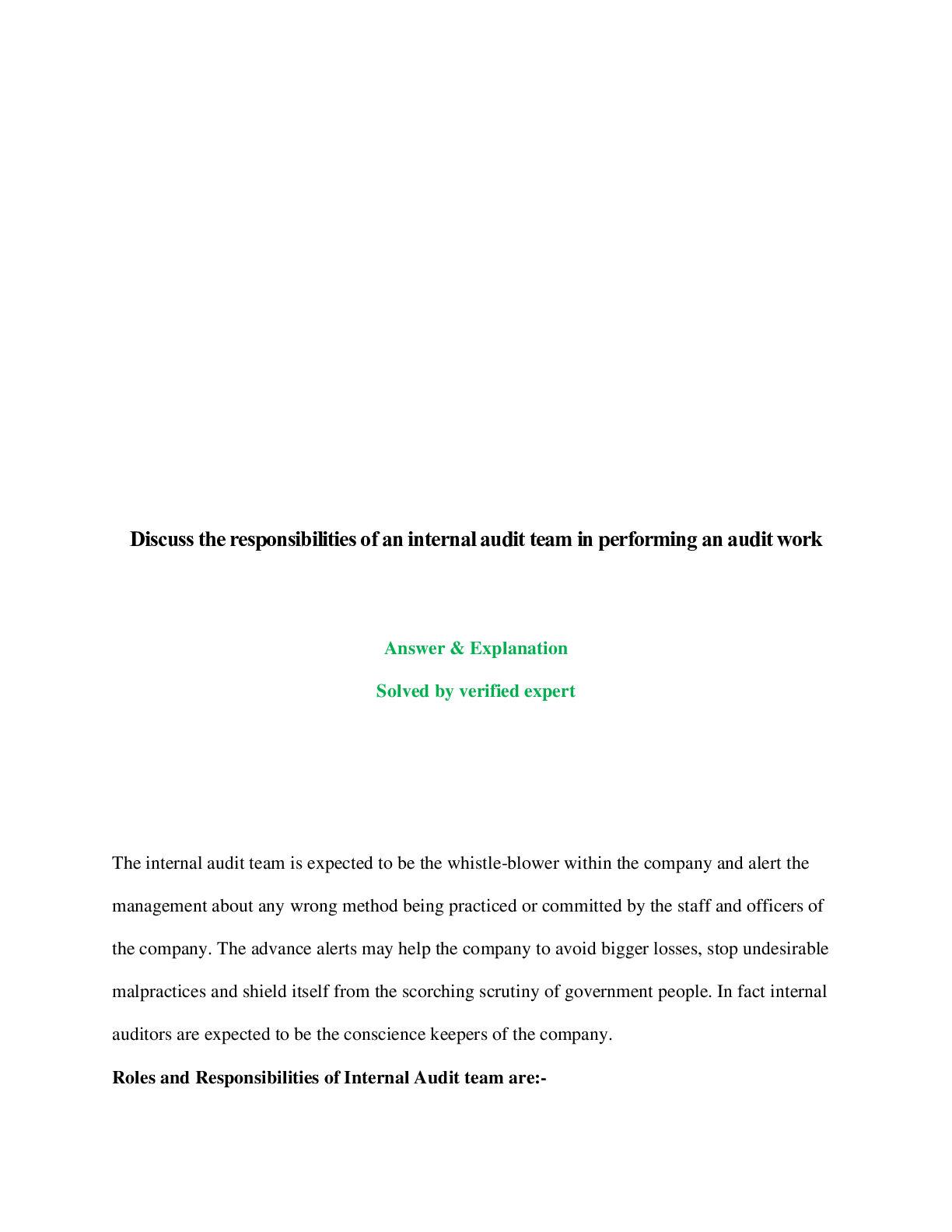

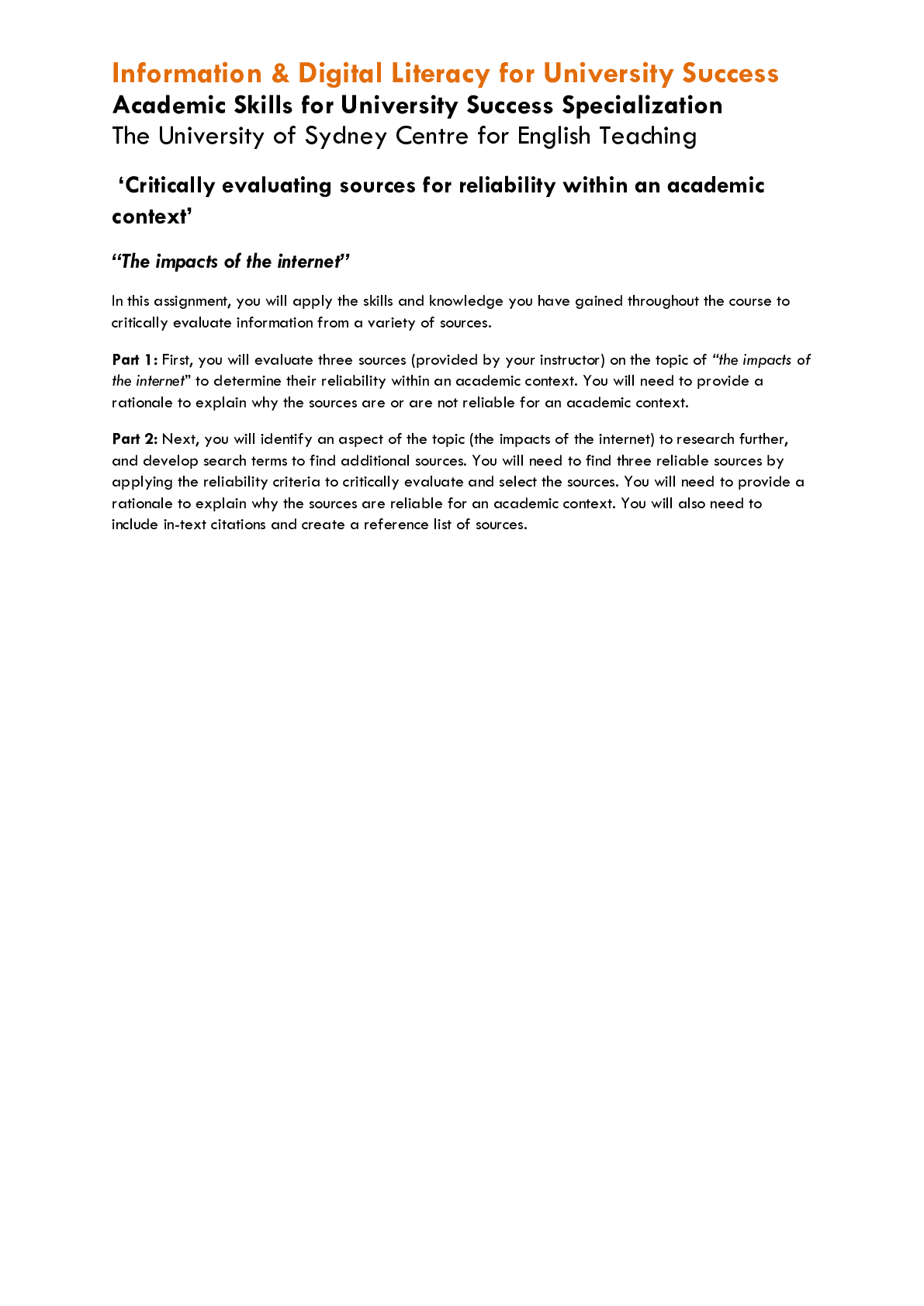
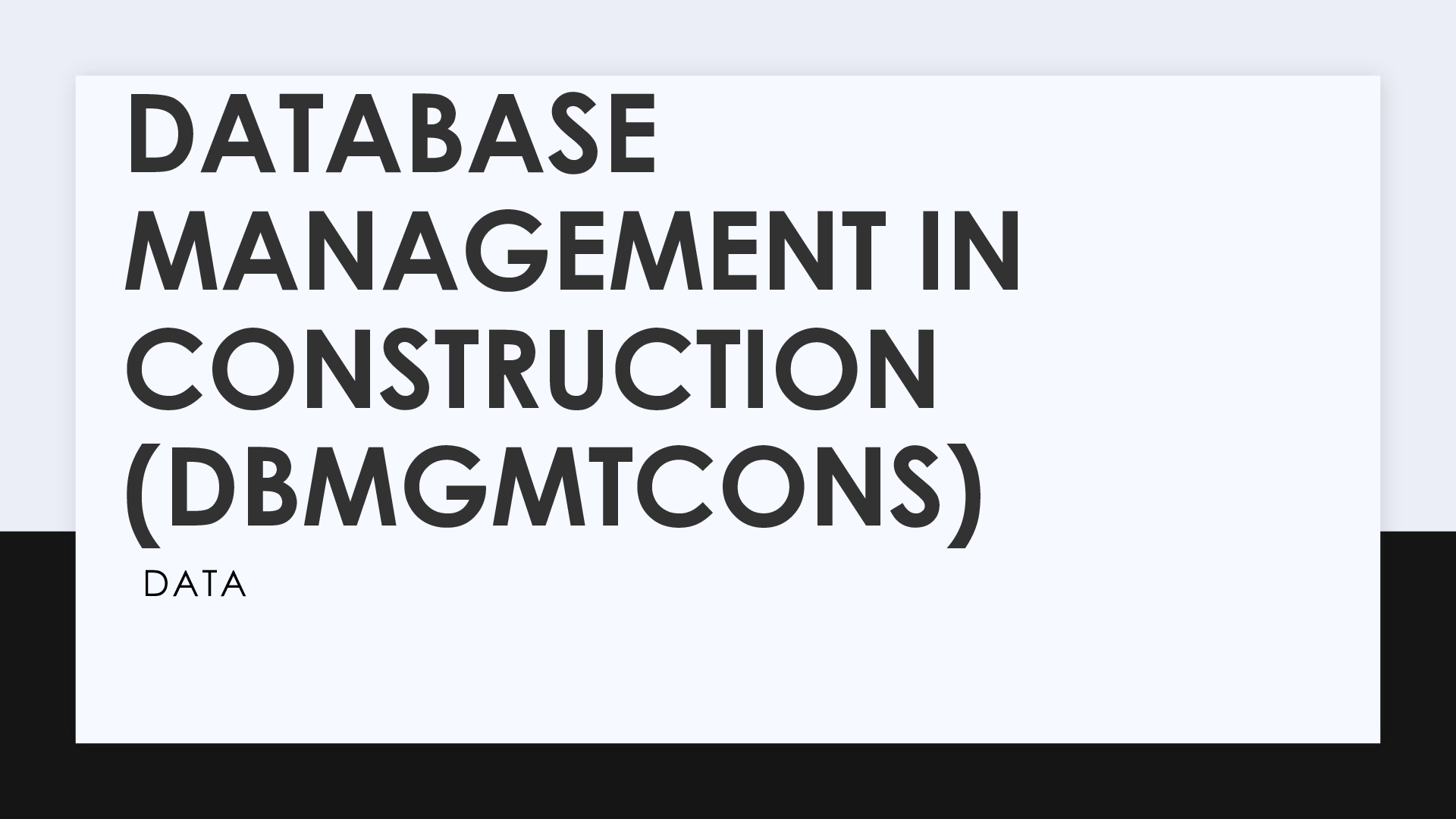
dfdfefe.png)

